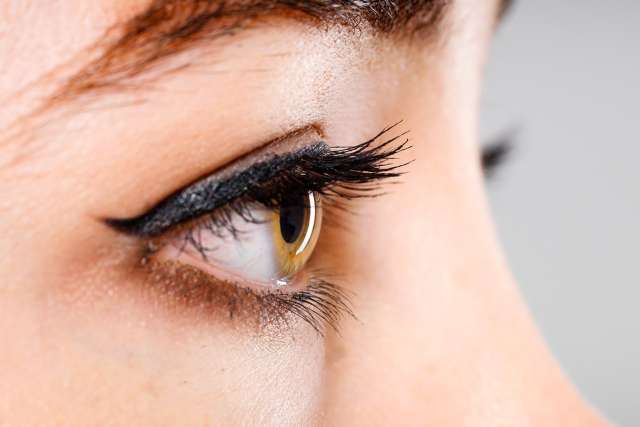Optometry
Our optometrists care for a wide range of eye conditions with nonsurgical treatment plans. They may also provide pre- and post-op care for eye surgery.

Why choose UCLA Health for optometry?
Our optometrists provide the full scope of eye care, from vision correction to specialized devices for patients with low vision. Our team is part of the UCLA Health Stein Eye Institute and Doheny Eye Centers, which U.S. News & World Report ranks among the best in the country for eye care.
Highlights of our program include:
Research focus: Our eye doctors conduct and participate in studies designed to identify the most effective treatments. Our involvement in clinical trials means that eligible patients can access promising new treatment options.
Physician expertise: Many of our optometrists are Fellows of the American Academy of Optometry. Some have also achieved Diplomate status within an Academy section, which is the highest distinction possible. Approximately 10% of practicing optometrists are Fellows of the American Academy of Optometry, and about 10% of Fellows have achieved the distinction of being a Diplomate. Our optometrists attend national and international meetings, give presentations and stay at the forefront of new advances.
Coordinated care: Patients have access to all the services they need in one convenient location. If you need a referral to a subspecialist, we can easily coordinate care. Because we all collaborate closely, any subspecialists have access to your medical records to ensure a seamless care transition.
Teaching and training: As an academic center, we train students, residents and fellows in best practices. We commit to teaching the next generation of leaders using new technologies and techniques.
Our areas of care
Our optometrists work in multiple divisions and centers including:
Cataract and refractive surgery
Through the Laser Refractive Center, ophthalmologists perform surgery to treat cataracts and correct poor vision. Our optometrists work closely with ophthalmologists in cataract surgery and refractive surgery, providing pre- and post-operative care for patients.
Pediatric ophthalmology and strabismus
We work with the pediatric ophthalmology and strabismus team to care for pediatric patients with all types of eye conditions. Our optometry team also treats children and adults with misaligned eyes.
Dry Eye Center
Our optometrists treat patients who have been unsuccessful in controlling dry eye with standard treatments. We also offer specialized care for patients with conditions that cause dry eye, including Steven-Johnson syndrome, Sjogren’s syndrome and graft versus host disease. With advanced testing and treatment options, each patient in the Dry Eye Center receives a tailored care plan.
Vision rehabilitation
Through the Vision Rehabilitation Center, we help patients with low vision improve their visual functioning, well-being and quality of life. Our optometrists offer a variety of low vision aids and assistive technology, including new and unique treatments available through clinical trials.
Eye conditions we treat
Optometrists treat a wide range of common eye concerns, including:
Blepharitis: Eyelid inflammation that may cause red, itchy eyes or dry eyes
Diplopia (double vision): Seeing two of the same object when there should only be one
Dry eye: A condition in which the eyes are unable to produce enough tears to keep eyes moist
Refractive errors: Vision problems that make it hard to see clearly, including nearsightedness, farsightedness, astigmatism (irregularly shaped cornea) or age-related vision decline
Vision changes from cataracts: Blurry or foggy vision resulting from cataracts, cloudiness on the clear lens of the eye
Treatments we offer
We offer a range of treatment options, including:
Eye drops: Drops that lubricate the eyes, either with or without medication
Glasses or contact lenses: Prescription lenses to improve or correct vision
Lid scrubs: Gentle cleansers to wash away bacteria and relieve inflammation of the eyelid
Medications: Antibiotics or other prescription medicines to treat eye infection or inflammation
Microblepharoexfoliation: An in-office treatment to remove bacterial film (biofilm) from the eyelid as a treatment for blepharitis
Nasal sprays: Medicated nasal sprays that relieve symptoms of dry eye or allergic conjunctivitis
Prism lenses: Prescription lenses that correct double vision by using a prism to redirect light before it reaches the retina
Meet our team
Our optometrists treat a comprehensive range of eye problems. We work specically with multiple subspecialists to ensure patients receive targeted, effective treatment. Our eye specialists are also leaders in research and continually bring new treatment options to our patients. Patients cannot directly make eye appointments for refractions with our staff optometrists. Please contact your primary eye care physician's office to arrange an eye exam.
Optometrists
Contact us
Call 310-825-5000 to request an appointment with an optometrist at UCLA Health.













